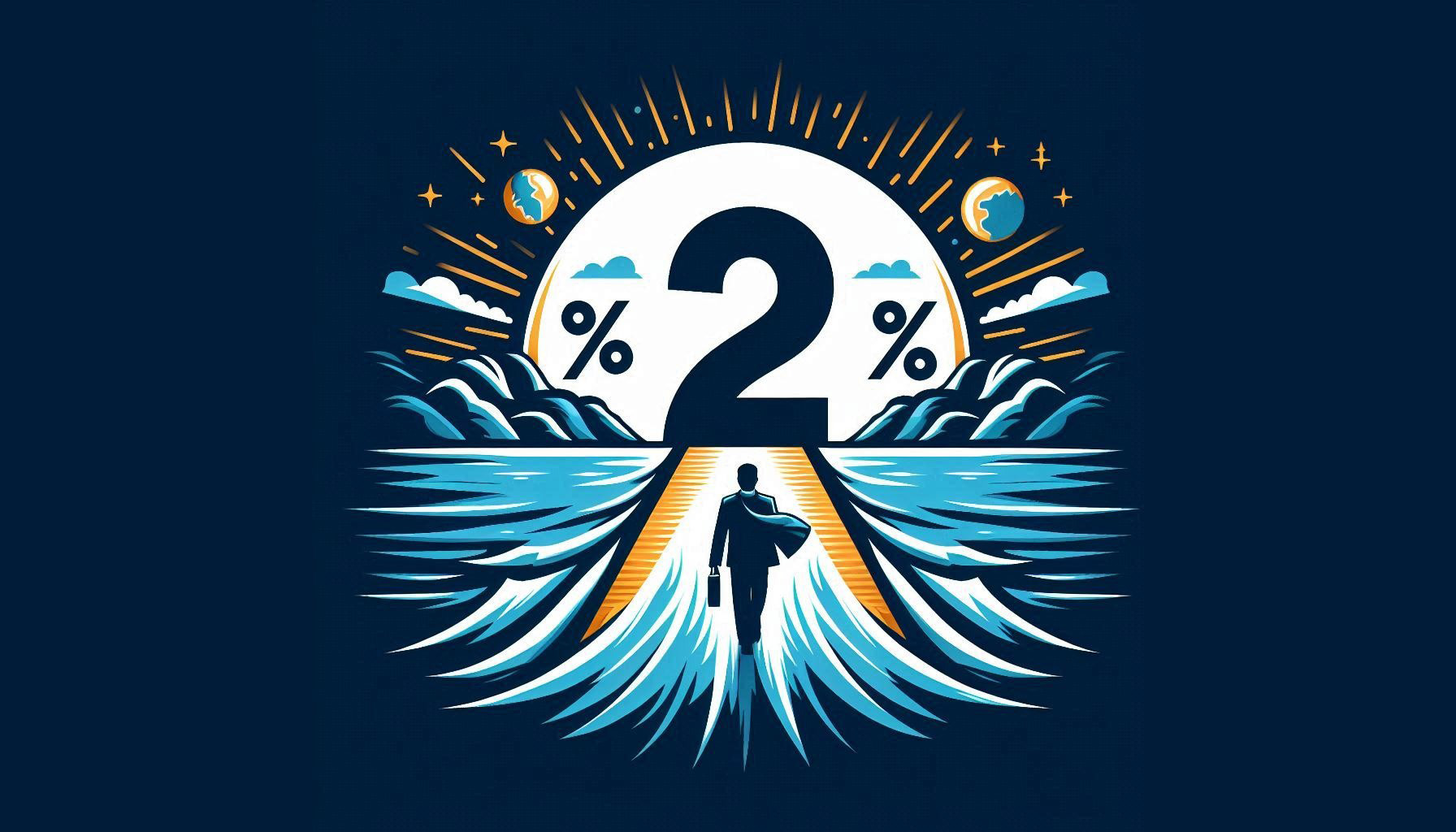Last week I told you that we are now adding two more technical tools for our toolbox. They are the stochastic oscillator and the on-balance volume (OBV) chart. Last week I spoke of the stochastic oscillator so this week I will focus my attention on the OBV.
The OBV was created by Joe Granville in 1963. It measures the buying and selling pressure by keeping a running total of volume and how the stock price performed on that given day. On days when the stock price went up, the volume for the day is added to the total. On days when the individual stock fell, the volume for the day is subtracted from the total. The actual number is immaterial, but what is noteworthy is the trend. A graph should be drawn for a visual representation of how the on-balance volume is performing.
Granville’s key theory was that volume precedes price. His research showed that OBV would often move before price. Expect stock prices to go up with a rising OBV and expect them to fall with a declining OBV. This gives added peace of mind when buying a stock or shorting it for a quick return.
The OBV can be interpreted in different ways. It can be used to spot divergences forecasting reversals and it can be used to confirm trends. For a full description of how OBV is calculated and utilized I refer you to http://www.stockcharts.com and look under “Chart School”.
While the OBV is a great tool, it is not meant to be a standalone. It should be used in conjunction with momentum oscillators. This is exactly what we are doing at twopercentgoal.com The on-balance volume is used to confirm signals from the Relative Strength Index (RSI), the 50-day/200-day moving averages, the stochastic oscillator and the moving average convergence divergence (MACD). These tools are used to spot individual stocks that are either overbought or oversold and poised for a rebound or pullback. Our goal is a very modest 2% within a week. Done consistently that can represent a 100% return over the course of the year.
We are in the process of back testing all of the tools used together, and we will be reporting on those results in the coming weeks. Thus far, we have reviewed 25% of the companies on the S&P 500 and the winners are outperforming the losers 3:1.
We are not day traders; we are swing traders. The difference is in the time horizon. A day trader trades intra-day while a swing trader will hold a position for several days or several weeks. For the most part, we hold a position for one week.
If this is part of your investment strategy, we encourage you to sign up for the daily email showing stocks poised for a 2% gain using these tools. The email is free for the first 30 days and then $49 per month thereafter. You can cancel at any time. Best of luck to you and your investments.
Cheers,
Al

